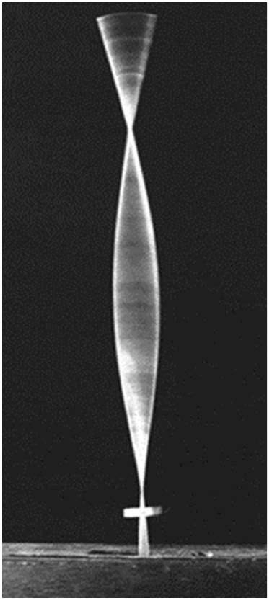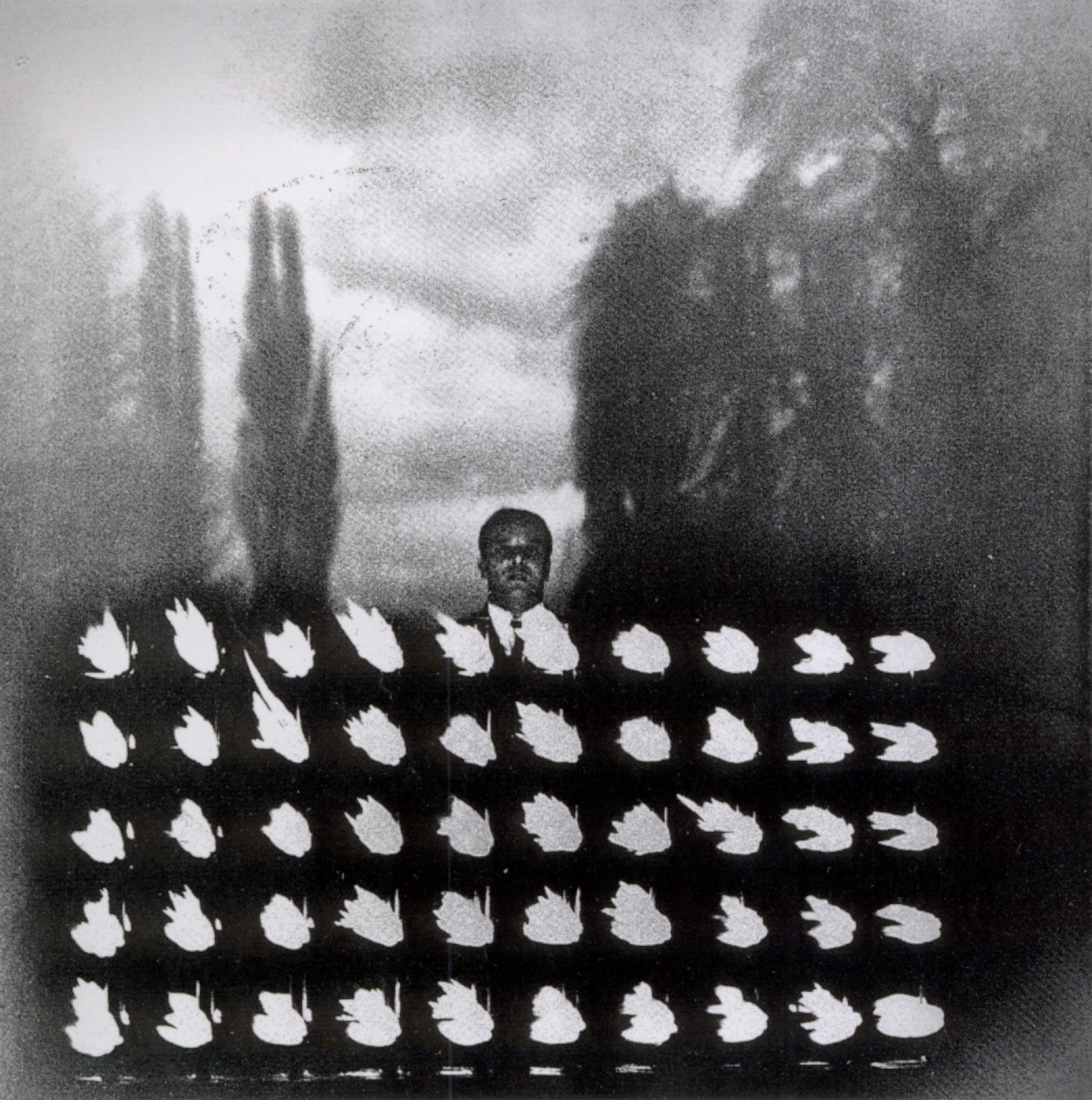Kinetic Art is a form of art that produces non-representational art using the parameters of real-time and motion. It is concerned with motions resulting from forces directly connected to physical systems, always related to constructivism and futurism. People started to appreciate the energy, power, and efficiency of machines under the rise of the Industrial Revolution. With the development of kinetic art, artists focused more on combining machines into artworks in a perfect way, challenging traditional notions of art and aesthetics.
From Kineticism: The Unrequited Art, I chose Naum Gabo’s artwork Kinetic Construction in 1920, and Yves Klein’s Double-Sided Wall of Fire in 1961. Their artworks fit well with Broekmann’s “five key aspects of machine aesthetics”, which are associative, symbolic, formalist, kinetic, and automatic according to Broekmann. Naum Gabo’s artwork Kinetic Construction showed “simplicity”. It is a mechanical sculpture consisting of a plain steel rod emerging from a small black wooden base, now encased for protection in a clear acrylic box. No complicated components, no colorful parts, just the original color of steel rod and a black wooden base. This artwork fits well with “symbolic”, regarding technology, using technical iconography to represent nontechnical phenomena like. When pressing a button, the machine springs to life: through the rapid oscillations caused by a hidden electric motor in the base, it forms the illusion of a sinuously twisting, three-dimensional shape. The image generated through these movements, with its quivering transparency, is that of a ‘standing wave’. This mechanism is by the term “formalist”, which emphasizes the beauty of functional technical forms.
However, Gobo had not solved the dilemma of early mechanistic Kinetics: Somehow the motor “interfered” with the motion it produced and had to be made small enough not to cause competition with the sculpture itself.
Naum Gabo, Kinetic Construction, 1920
Yves Klein’s artwork Double-Sided Wall of Fire is “immateriality”. He was the nucleus of a new art reality-not in bronze, steel, stone, or even plastic-but in the gaseous and liquid elements, and their residue. The Wall of Fire comprised two metal elements and ten rows of Bunsen burners running on town gas. The site is very marvelous because a bunch of fire is lit simultaneously. From dark to bright, from nothing to everything. It is a great combination of the physical, and mechanical movement of technical parts, color, and visual effect, showing the aesthetics of machine art to a great degree. The “automatic” operation of machines also underpins their functional independence and their existential strangeness.
Yves Klein, Double-Sided Wall of Fire, 1961
As for my ideas, I think they play a diverse and integral role in media arts projects, contributing to creativity, innovation, and exploration. Machines can be used to create interactive installations among users, artists, and projects. It can make static artwork more active, interesting, and attractive. People can view the media project multi-dimensionally.


Leave a Reply